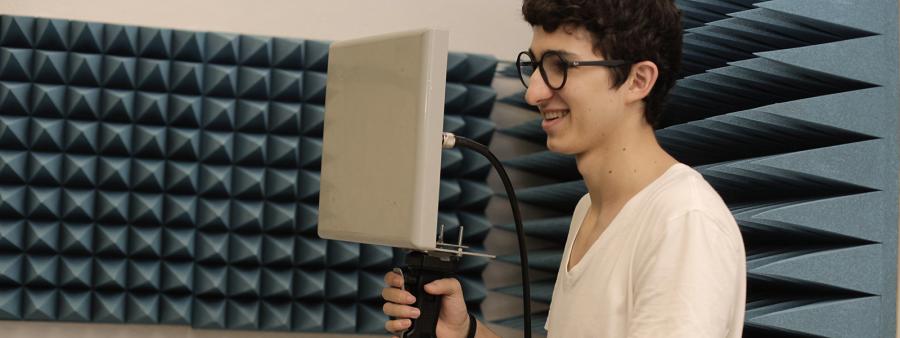Participation in Tecniacustica 2011

The CTMedia La Salle participated in TECNIACUSTICA 2011, held in Cáceres (Spain), from 26th to 28th October. The event integrated the 42nd Spanish National Congress on Acoustics, the Iberian Encounter on Acoustics and the European Symposium on Environmental Acoustics and Acoustic Sustainable Buildings. Pere Artís presented the paper “Experimental analysis and numerical methods applied to transmission path analysis in buildings: VITRASO project", co-authored with Dr. Oriol Guasch and Carlos García. The paper is an outcome of the VITRASO project that La Salle leads in partnership with FCC, Applus and ICR, among others. Xavier Valero presented the contribution “Automatic monitoring of environmental noise sources”, co-authored with Dr. Francesc Alías. Xavier also chaired the students and young professionals meeting, organised as satellite event within the congress. "Experimental analysis and numerical methods applied to transmission path analysis in buildings: VITRASO project" Experimental as well as numerical methods are usually required to store noise and vibration transmission path problems between sources and receivers in buildings. In this piece of research new experimental methods have been developed based on the direct transmissibility concept. These have been correlated with finite element (FEM), hybrid and statistical energy analysis (SEA) models. All work has been performed in the framework of the VITRASO project, led by FCC and with participation of Applus, ICR, IMAT and La Salle. "Automatic monitoring of environmental noise sources" Traditionally, research in the audio recognition field has focused on the analysis of voice and music signals. However, in recent years a growing interest in the recognition of environmental sound has been observed, given its multiple potential applications such as automatic identification of acoustic scenes, their integration into surveillance and security systems or the automatic monitoring of environmental noise sources. This paper deals with the latter application, focusing on the search of acoustic signal descriptors that enable an optimal representation of the different noise sources.
Add new comment